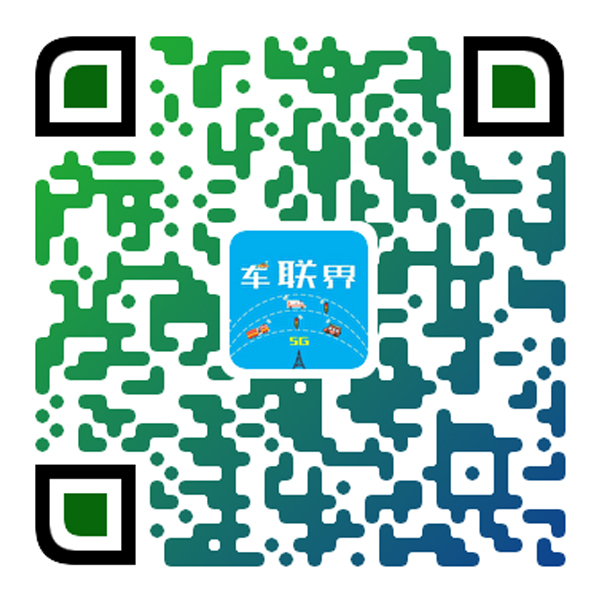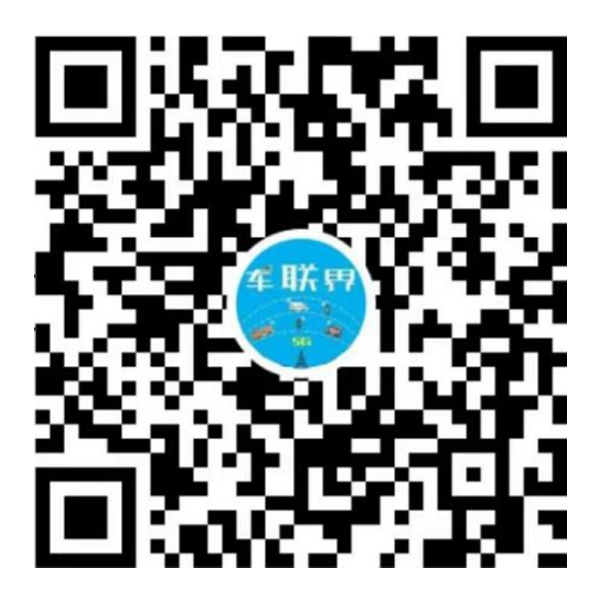Urban Smart Transportation
Solutions
Urban Smart Transportation
Holographic intersection
The holographic intersection solution relies on sensor devices deployed at intersections, such as laser radar, millimeter-wave radar, and low-latency electronic police/roadside cameras, to conduct real-time multi-source perception fusion calculations. It accurately captures license plate information, vehicle positions, driving speeds, and even finer vehicle attributes and driving behaviors, constructing a "holographic" level traffic data ecosystem.
- Realize real-time information exchange between vehicles and roadside infrastructure through vehicle-road cooperation technology.
- Achieve millisecond-level real-time perception, cross-platform, high computational performance, and low-latency output.
- Implement cross-point perception fusion and multi-source sensor fusion.
- Accurate target detection and trajectory tracking, covering pedestrians, vehicles, and non-vehicles.
- Covering multiple business functions such as roadside event detection and functional services for traffic management, traffic safety, vehicle management, transportation, and road administration.
- Utilize the intelligent decision-making capabilities of the vehicle-road-cloud integration to achieve intelligent traffic control applications such as adaptive signal timing, safety warnings, and dynamic lane management.
Customer Benefits
- Significantly improve traffic efficiency and safety
- Optimize urban management and decision-making capabilities
- Promote the construction of smart cities and sustainable development
Applications
- Chongqing (Liangjiang New area) National Intelligent Connected Vehicles Pilot Zone
- Tianjin (Xiqing) Intelligent Connected Vehicles Pilot Zone
- Jiangsu (Wuxi) Intelligent Connected Vehicles Pilot Zone
- Guangxi (Liuzhou) Intelligent Connected Vehicles Pilot Zone
- Hubei (Xiangyang) Intelligent Connected Vehicles Pilot Zone
- Hefei (Baohe) Intelligent Connected Public Transportation Project
For more infomations, please contact us: icvmkt@cictci.com





